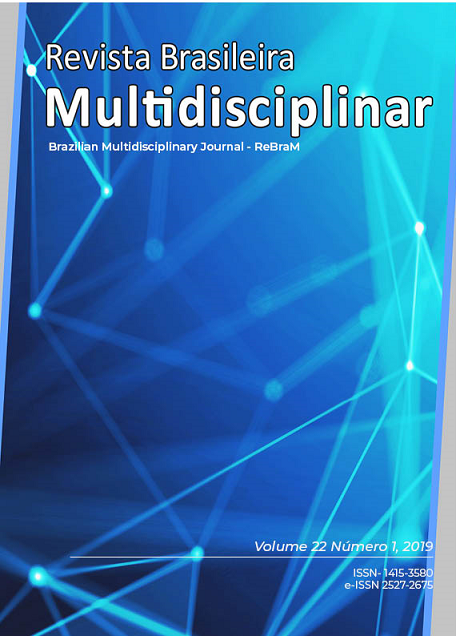Transmission electron microscopy methodology applied to the study of seedling roots
Main Article Content
Abstract
The use of the transmission electron microscope (MET) is very widespread in the study of biological materials, since it allows the definition of intracellular images, allowing studies of cellular morphology and general aspects of organelles. The images are produced by the initial interaction of an electron beam with the sample, which is maintained under high vacuum conditions. Both the vacuum environment and the irradiation of the electrons during observation, represent adverse conditions for the sample, especially in the case of organic or biological materials, which are by nature hydrated, fragile and electrically insulating. Considering that there are several preparation techniques for MET, but few detailed description of these techniques in the literature, especially for the preparation of seedling roots, this work aimed to apply and adapt these techniques for the study of good quality of seedling roots. The samples were first washed in phosphate buffered saline solution, passed through the primary fixation with glutaraldehyde, then postfixed with osmium tetroxide, where they were subsequently dehydrated with acetone and infiltrated with Epon resin, finishing with polymerization, ultramicrotomy and sample staining. However, this detailed description of the methodology applied to seedlings root can be used safely and effectively by other people, since there are almost no adapted descriptions of MET methodology in the literature, especially for seedlings.
Downloads
Article Details
• The author (s) warrant that the contribution is original and unpublished and that it is not in the process of being evaluated in other journal (s);
• The journal is not responsible for the opinions, ideas and concepts issued in the texts, as they are the sole responsibility of the author (s);
• Publishers have the right to make textual adjustments and to adapt the article to the rules of publication.
Authors retain the copyright and grant the journal the right of first publication, with the work simultaneously licensed under the Creative Commons Attribution License, which allows the sharing of work with acknowledgment of authorship and initial publication in this journal.
Authors are authorized to take additional contracts separately, for non-exclusive distribution of the version of the work published in this journal (eg publish in institutional repository or as book chapter), with acknowledgment of authorship and initial publication in this journal.
Authors are allowed and encouraged to publish and distribute their work online (eg in institutional repositories or on their personal page) at any point before or during the editorial process, as this can generate productive changes as well as increase the impact and citation of the published work (See The Effect of Free Access) at http://opcit.eprints.org/oacitation-biblio.html





